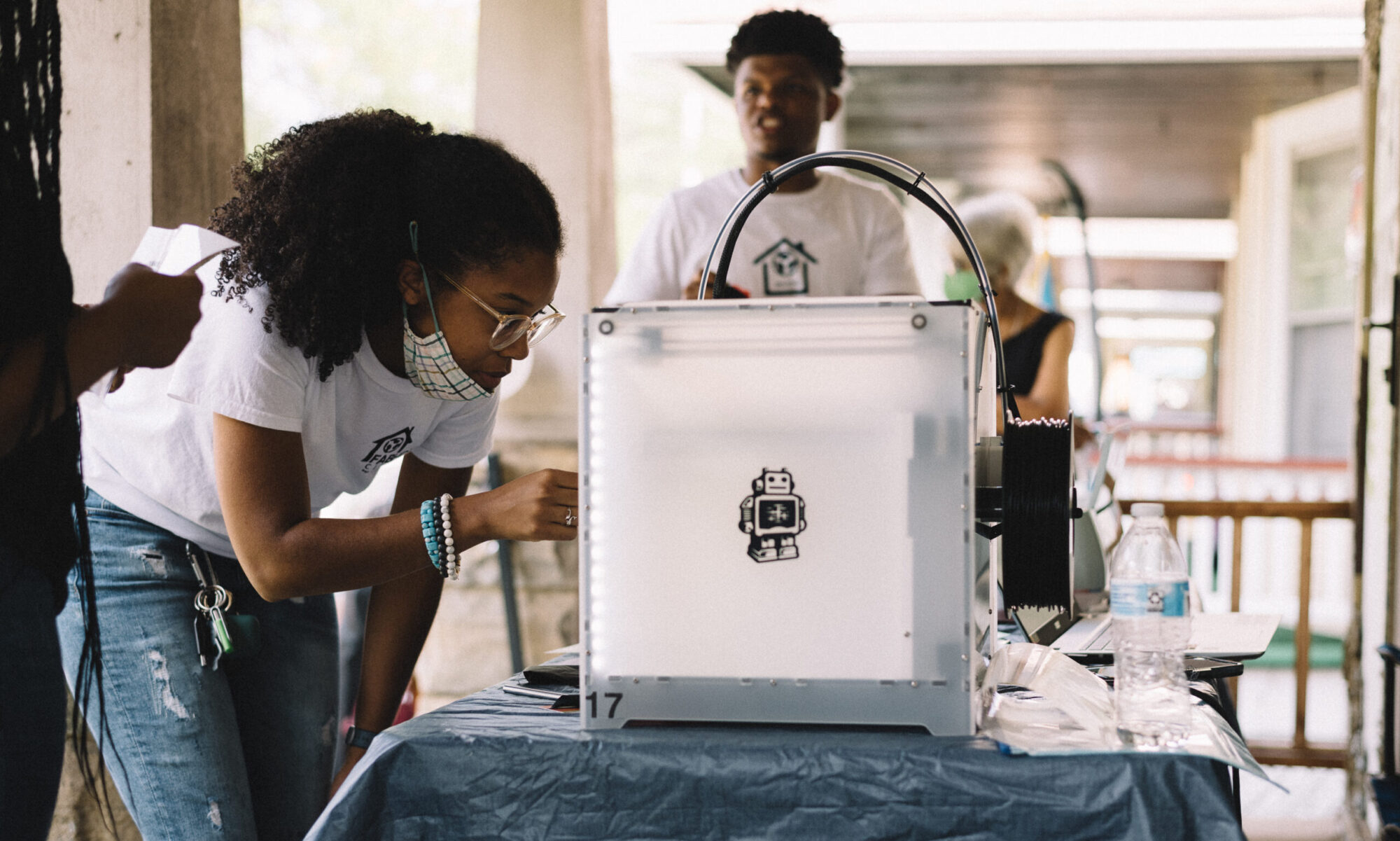Blogs
Making the mermaid and also the clam awards 15 free spins and you can provides participants a way to play for the 2,500 coin jackpot. online casino deposit 5 get 100 Mermaid King position have a haphazard modern jackpot to be acquired too. Continue reading “Happy King Slot online casino deposit 5 get 100 machine”

